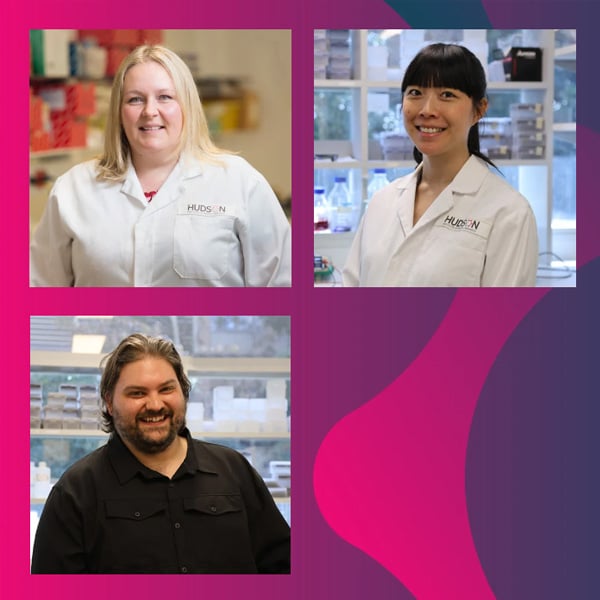Inflammation is at the heart of numerous diseases and new research has found that the timing of cell death is crucial to the process of inflammation.

This research is significant in the search for new ways of combatting difficult-to-treat infections and the growing threat of antibiotic-resistance.
Research group investigates the intricate links between cell death and inflammation and how these processes impact various inflammatory and infectious diseases.
The group’s latest research, led by Dr Mary Speir, and , which was published in the journal , has uncovered how a ‘pro-survival molecule’, named A1, is induced by bacteria to prolong the survival of myeloid cells, and delay potentially harmful inflammatory responses.
Combating the inflammatory response
This work is an example of the increasing focus on host cell factor targeting as a promising approach to overcome the limitations of classical antimicrobial drug development and could open up novel and efficient therapeutic strategies.
A/Prof Lawlor believes her research offers insight into potential ways infectious pathogens evade the host immune response by inducing a host factor to preserve their replicative niche and limit the inflammatory processes that eradicate them.
“A1 acts like a brake on the inflammatory process during bacterial infections, which means it has the potential to be a target for a new class of antimicrobial drugs to combat the growing resistance to antibiotics.
Better treatment options for infectious diseases
The World Health Organisation says antibiotics are the backbone of modern medicine, with antimicrobial resistance (AMR) being one of the top 10 global public health threats facing humanity.
“By targeting host cell factors, such as A1, instead of the pathogen itself, this may act as more of a broad-spectrum treatment and may also potentially slow the rate at which these pathogens acquire resistance to existing drugs.
“Hopefully this will lead to better options and outcomes for combatting difficult-to-treat infectious diseases and even beyond to other inflammatory conditions,” A/Prof Lawlor said.
A/Prof Lawlor’s expertise in the area of cell death research was recently recognised, with an Australian Research Council (ARC) Discovery Grant of $648,898 awarded to a project she is jointly running with from the Doherty Institute.
Key facts – Antimicrobial resistance (AMR)
- Antimicrobial resistance (AMR) is a global health and development threat.
- The World Health Organization has declared that AMR is one of the top 10 global public health threats facing humanity.
- Globally, AMR is one of the leading causes of death responsible for approximately 1.27 million deaths and associated with 4.95 million deaths in 2019.
- The WHO estimates that failing to address AMR will have significant economic consequences with an estimated cost to the world’s economy of US$ 100 trillion by 2050.
- Misuse and overuse of antimicrobials are the main drivers in the development of drug-resistant pathogens.
- Lack of clean water and sanitation and inadequate infection prevention and control promotes the spread of microbes, some of which can be resistant to antimicrobial treatment.
- The cost of AMR to the economy is significant. In addition to death and disability, prolonged illness results in longer hospital stays, the need for more expensive medicines and financial challenges for those impacted.
- Without effective antimicrobials, the success of modern medicine in treating infections, including during major surgery and cancer chemotherapy, would be at increased risk.
What is antimicrobial resistance?
Antimicrobial resistance occurs when microorganisms evolve and develop resistance to the drugs used to treat them. This can happen naturally over time, but it is also accelerated by the overuse and misuse of antibiotics and other antimicrobial drugs.
When these drugs are used too frequently, the microorganisms can adapt and become resistant, making infections much more difficult, and sometimes impossible, to treat.








